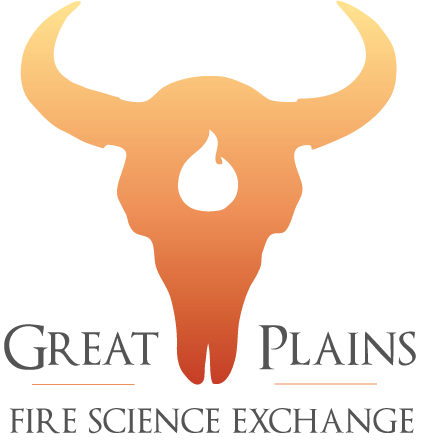Climate change on rangelands webinar
Dr. Wayne Polley discussed climate change in rangelands. Projected effects of regional differences in change on plant production and communities with implications for fire regimes.
We presented a webinar on March 5 by Dr. Wayne Polley, scientist with the Agricultural Research Service. Climate change discussions often gloss over the Great Plains, but Dr. Polley will focus on predictions for rangelands in the Great Plains.
ABSTRACT: Climate change science predicts warming and greater climatic variability for the foreseeable future, including more frequent and severe droughts and storms, as a result of increasing concentrations of greenhouse gases in air. The ecological consequences of the primary climate change drivers, including elevated atmospheric carbon dioxide (CO2), warming, and precipitation modification, will vary regionally on rangelands. Warming and drying are anticipated to reduce soil water availability and plant production in the southern plains, southwest, and northern Mexico, but warmer and generally wetter conditions will likely enhance these processes in the northern plains and southern Canada. The northwest will warm with little change in annual precipitation. Elevated CO2 will reduce negative effects of drying across regions by increasing plant water-use efficiency, provided that water is not severely limiting to plants. Specific consequences of climate change may include modifications to forage quantity and quality, fire regimes, plant community composition, and plant species distributions. Motivation to begin to adapt to climate change requires only the recognition that there exists sufficient directional change in climate to modify rangelands and the services they provide.

